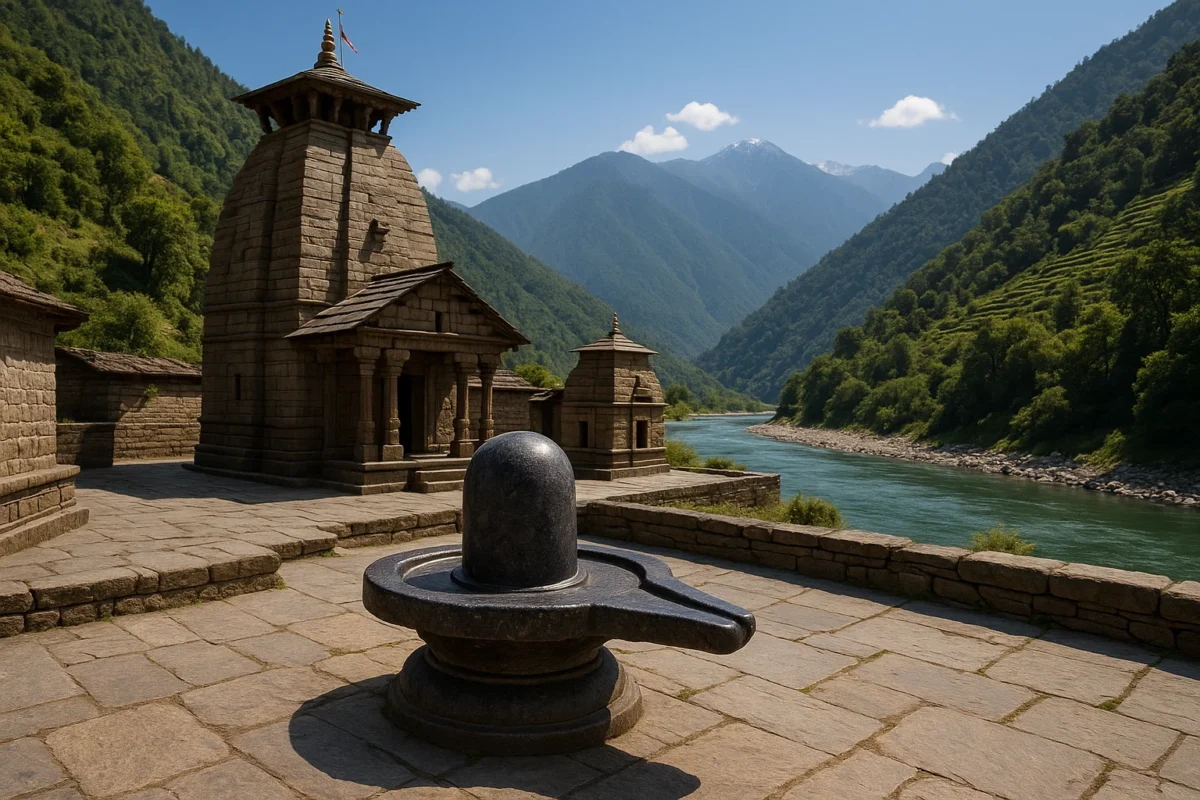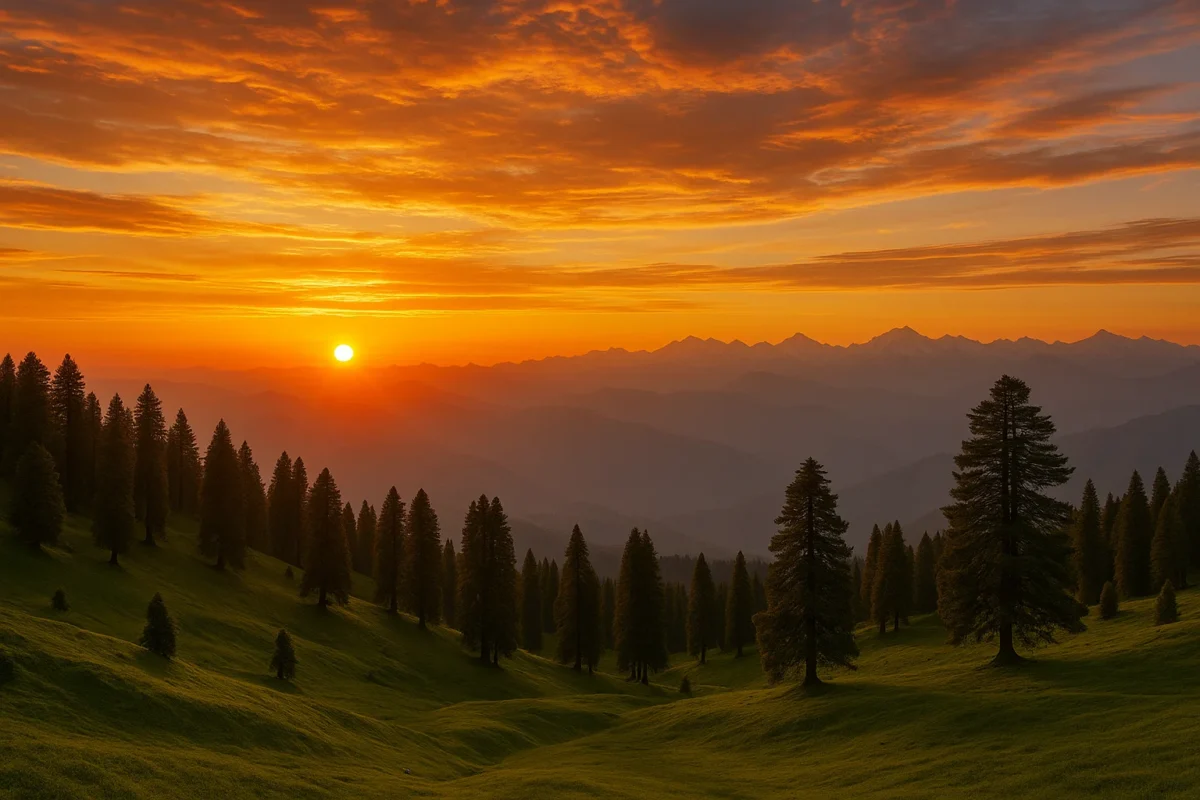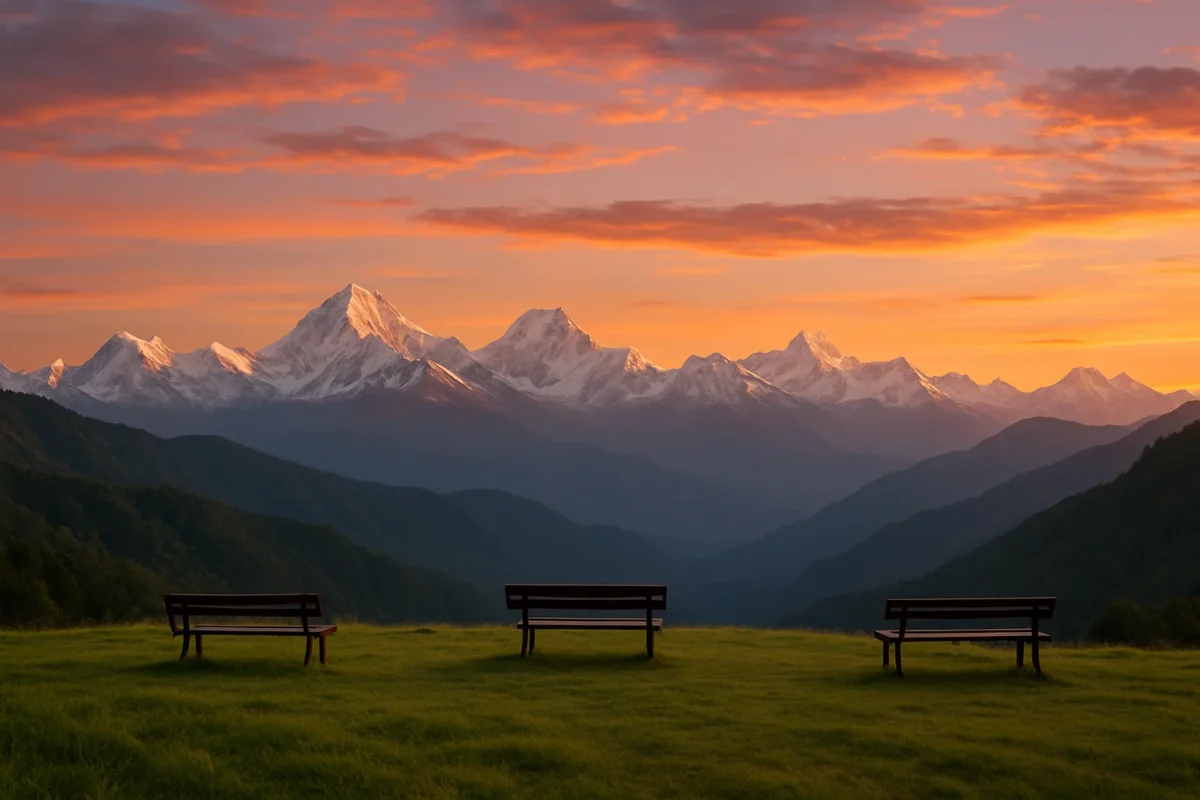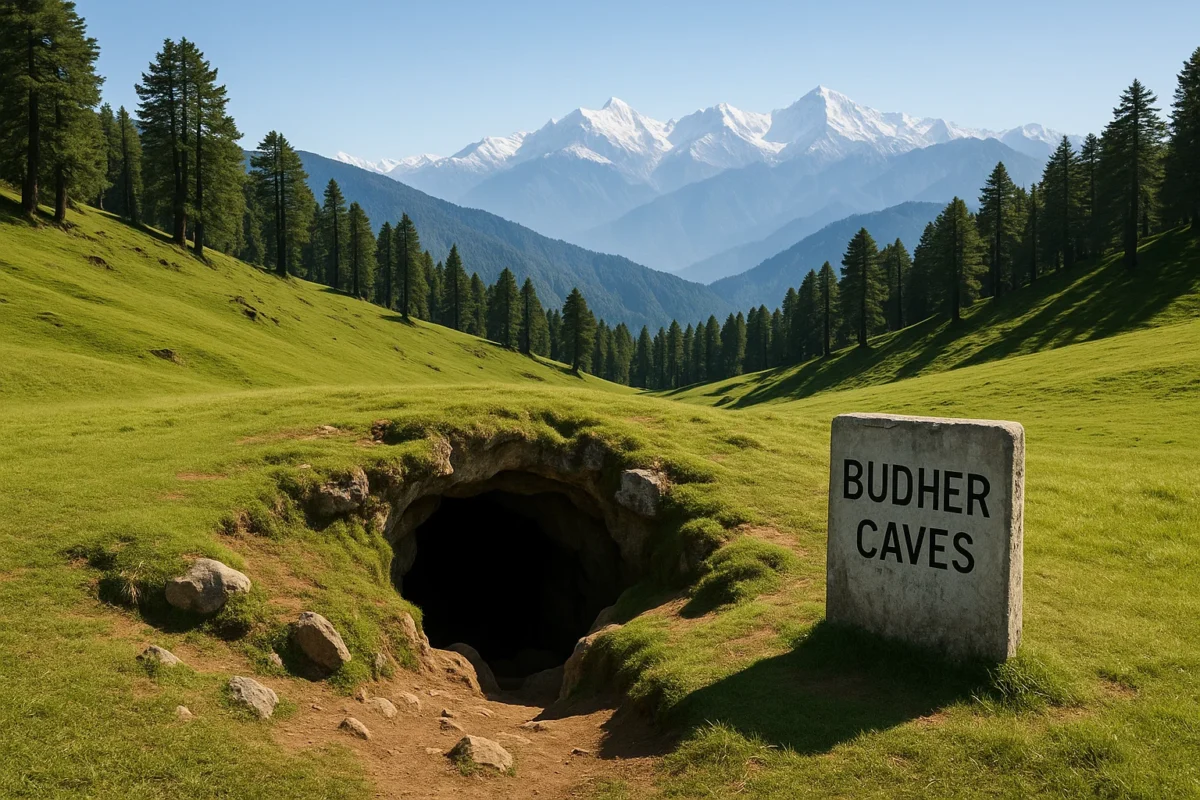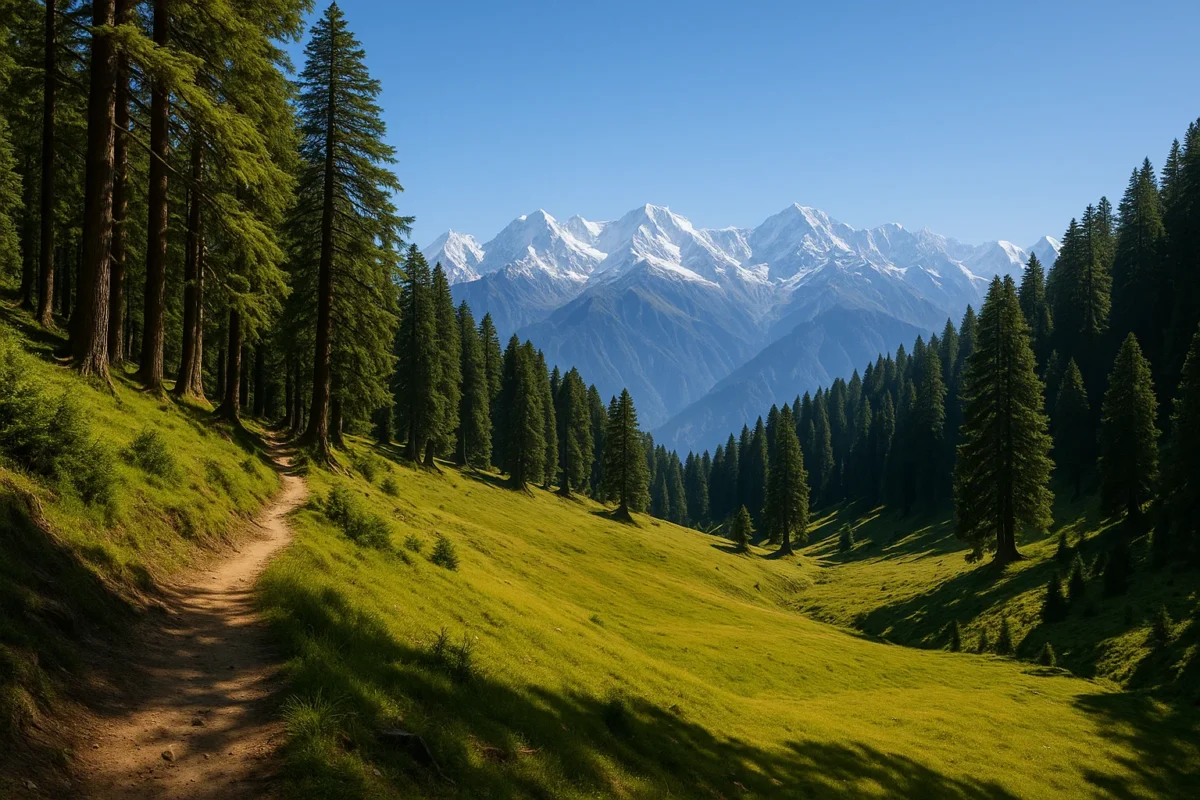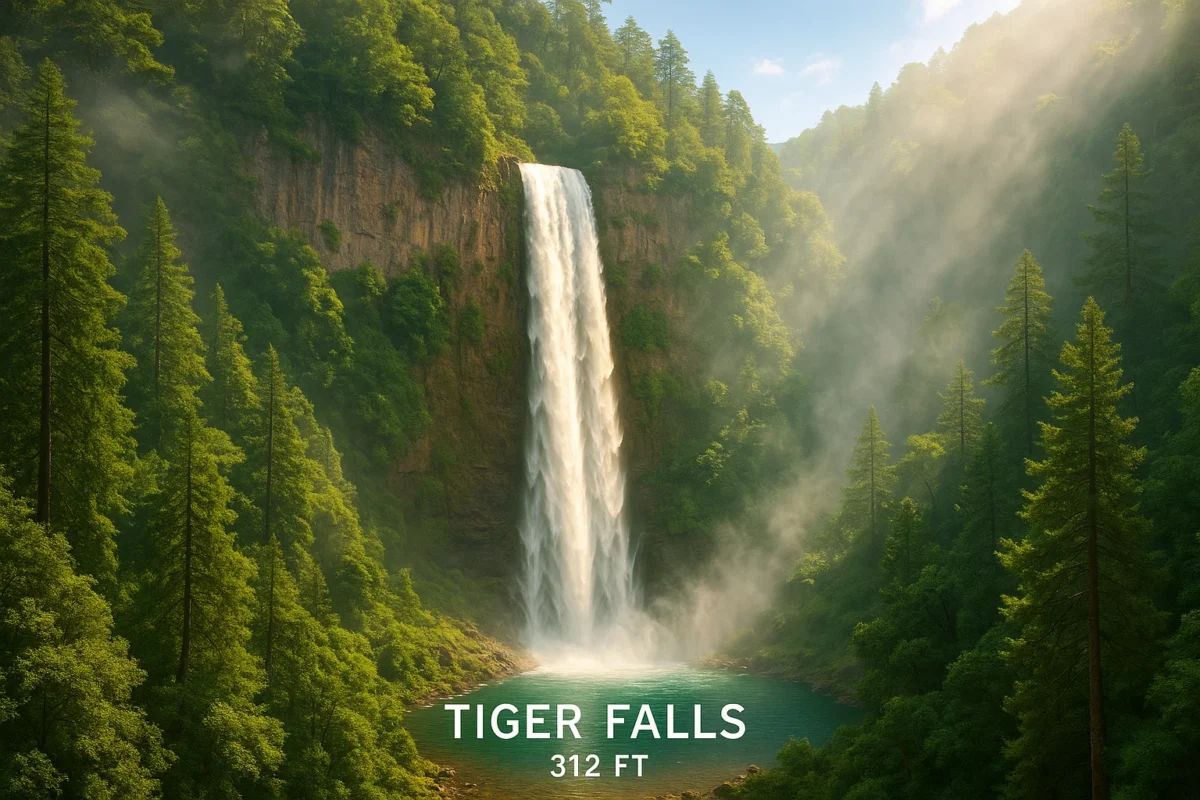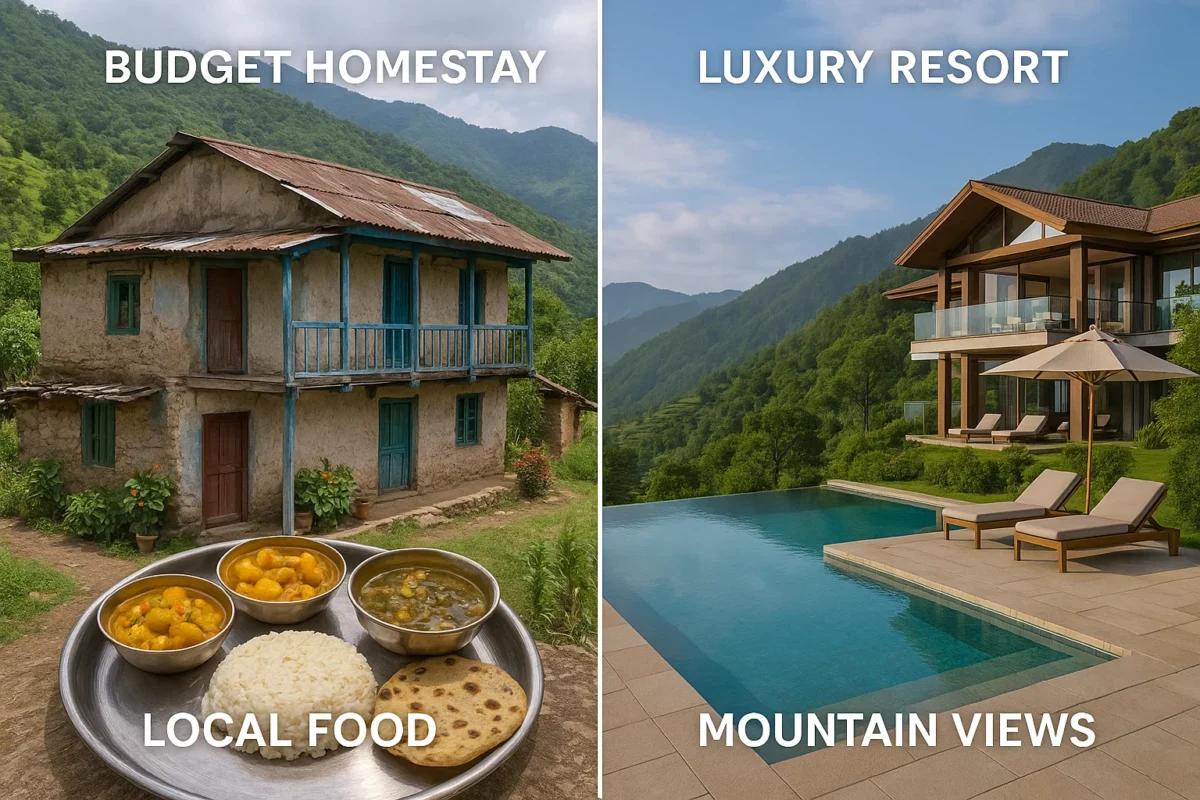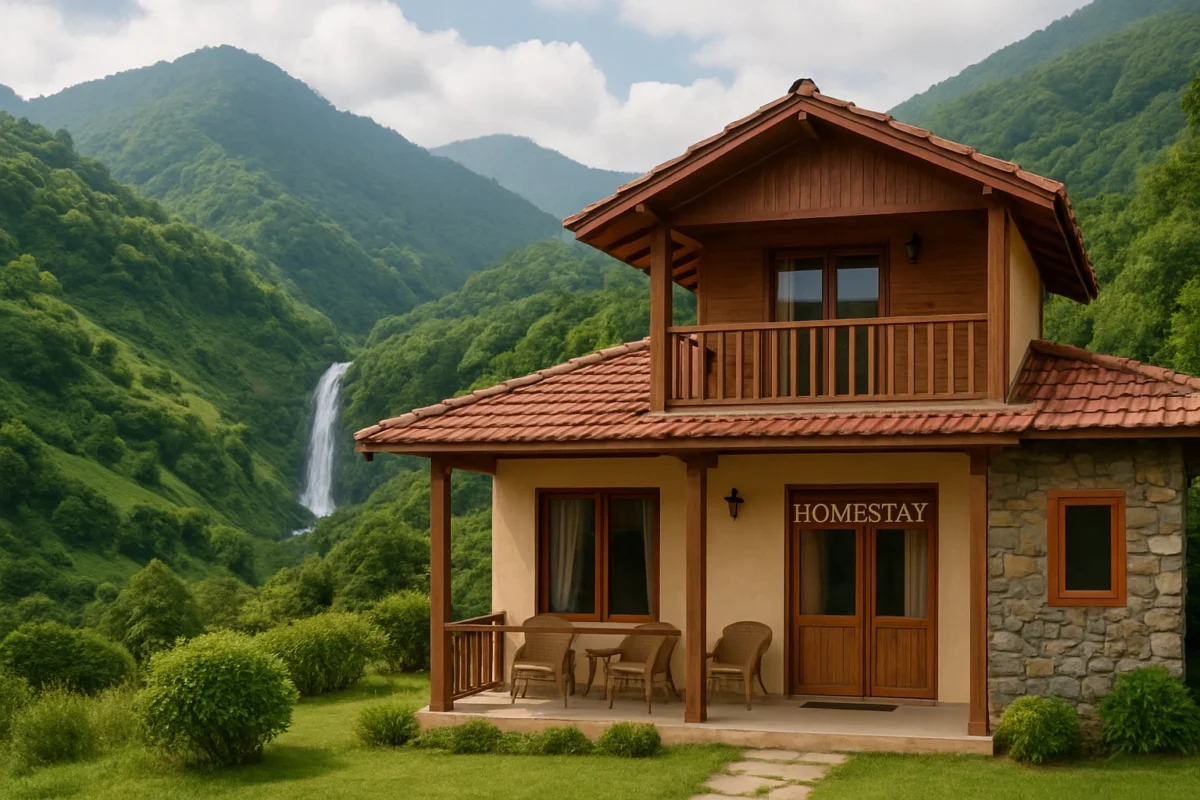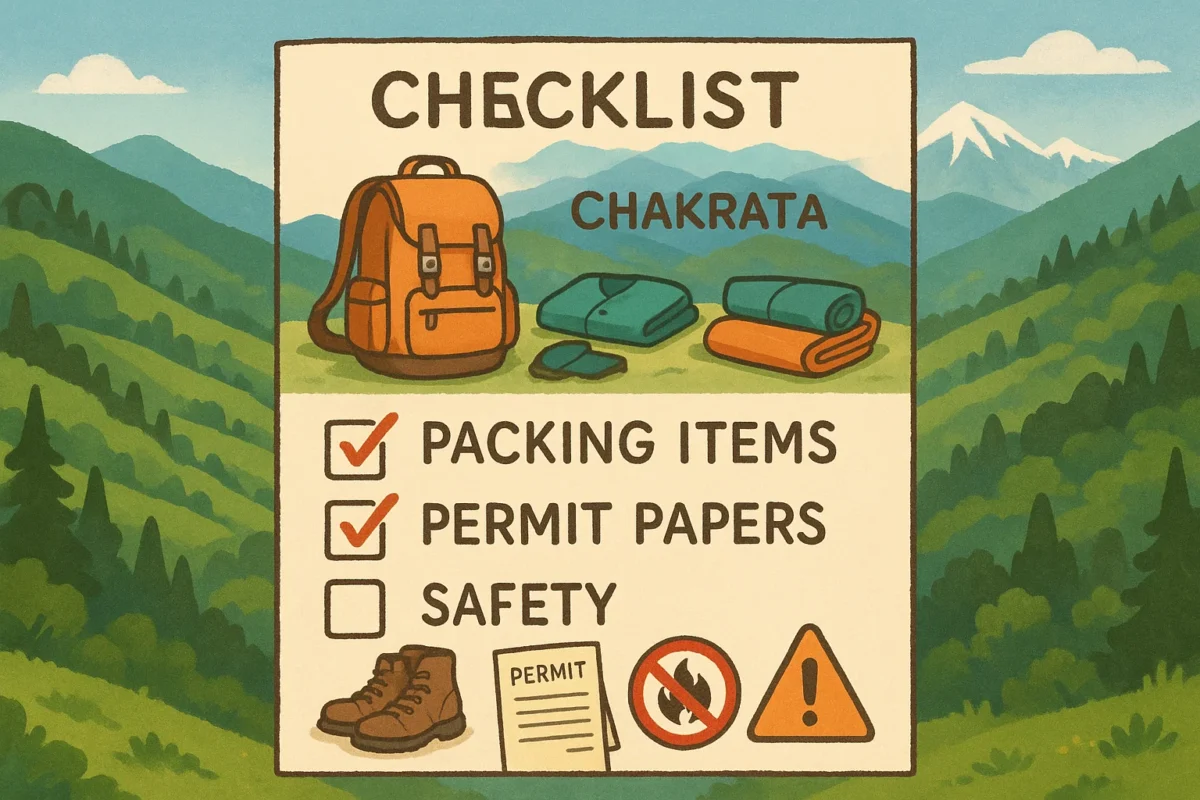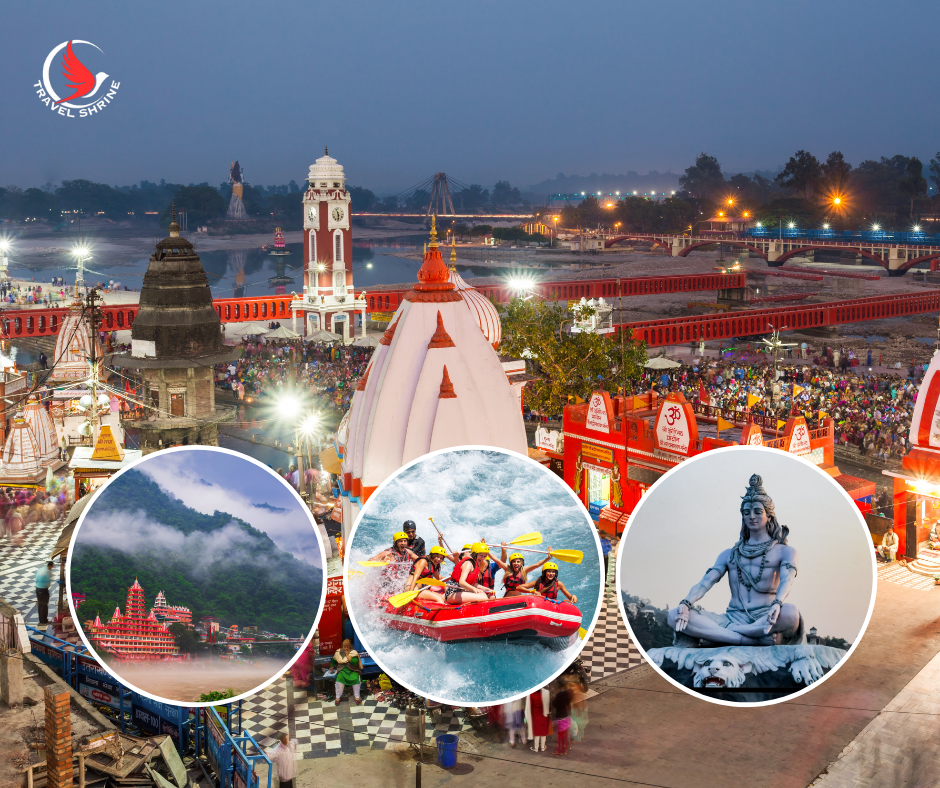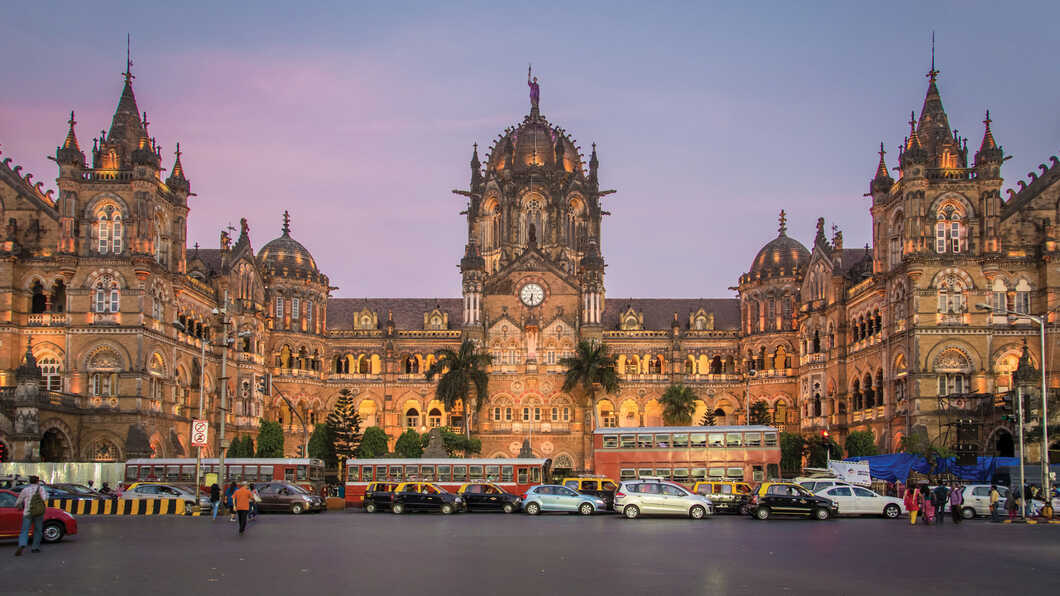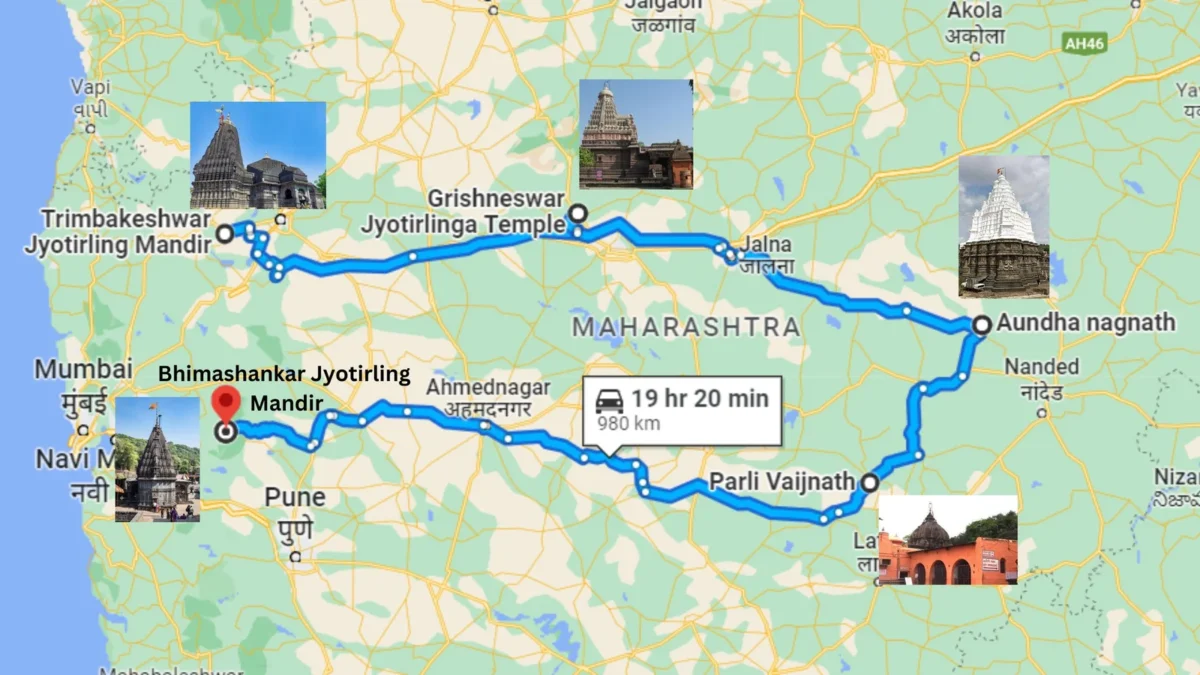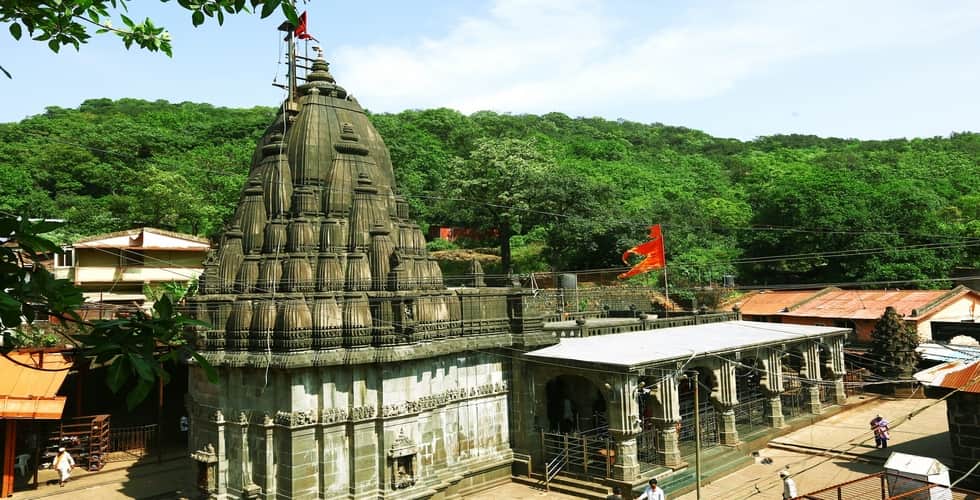Kanasar Forest – Bird Watching and Nature Walks
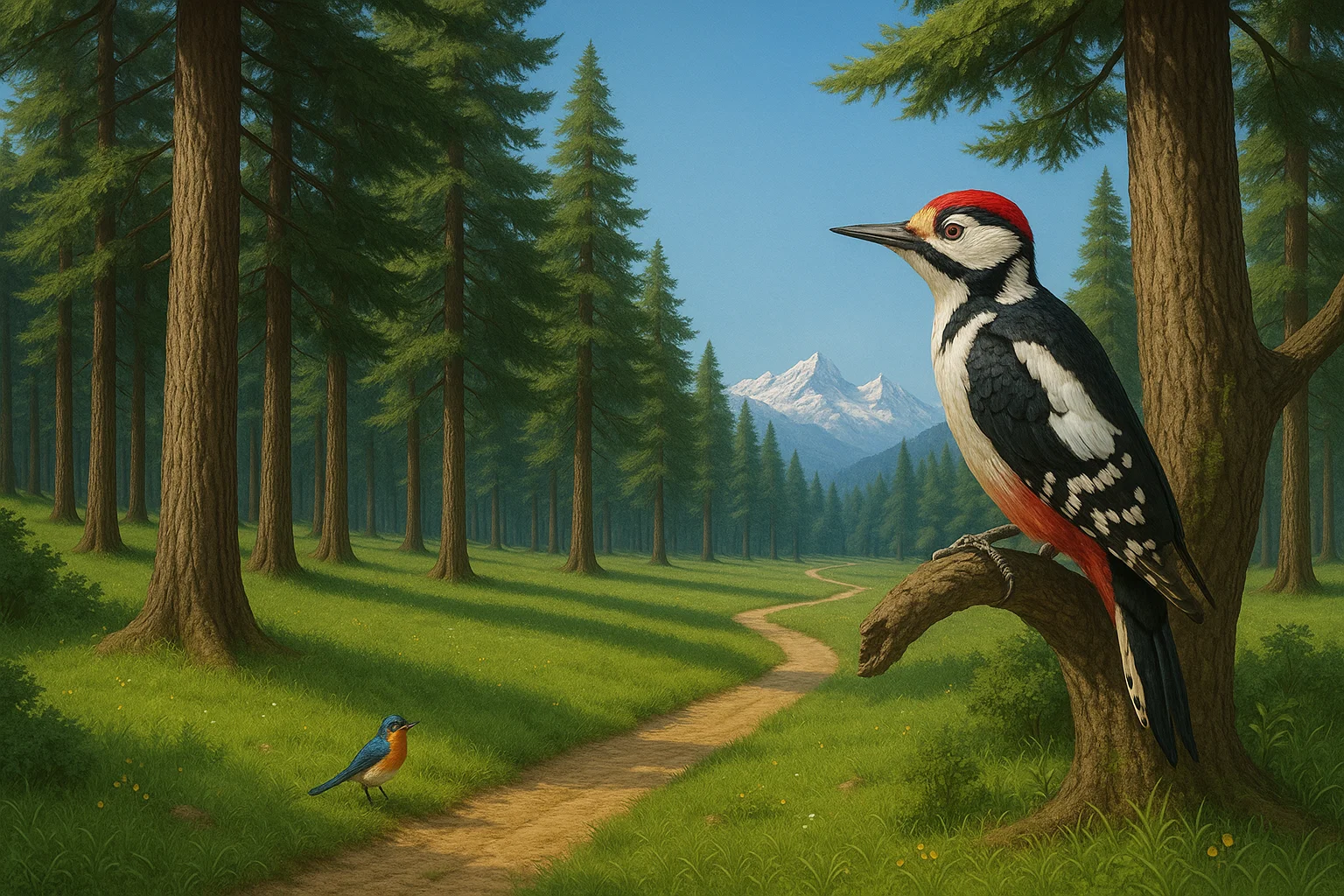
Hey there, if you’re looking for a quiet spot to connect with nature, Kanasar Forest in Chakrata might just be your next go-to place. I’ve been thinking about how places like this are getting more popular lately, especially for folks who want to escape the city rush without dealing with huge crowds. Kanasar is this beautiful stretch of deodar forest, tucked away in the hills of Uttarakhand, and it’s super known for bird watching and those relaxing nature walks. Picture walking under tall trees, hearing birds chirp, and maybe spotting something rare – that’s the vibe here.
This forest is about 25-30 km from Chakrata town, and it’s part of what makes the area so special. From what I’ve read and heard from friends who’ve gone, it’s not just about the birds; the whole setup with meadows and old trees makes it feel like a real hidden treasure. In this blog, I’ll walk you through everything you need to know – how to reach it, when to go, what birds you might see, and some practical tips. I’ll keep it straightforward, like chatting over coffee, and throw in tables to make planning easier. Oh, and this is all fresh for 2025 trips. If you’re into simple adventures that recharge your batteries, stick around – Kanasar sounds like a winner.
You know, I remember my first time hearing about Chakrata from a colleague who raved about its offbeat charm. Kanasar came up as this bonus spot for anyone who loves the outdoors but doesn’t want anything too intense. It’s got that perfect mix of peace and a bit of excitement, especially if you’re into spotting wildlife. Let’s jump in and see why this forest is worth your time.
Why Kanasar Forest Stands Out for Bird Watching and Walks
Okay, so what makes Kanasar different from other forests? Well, for starters, it’s surrounded by some of Asia’s oldest and biggest deodar trees – we’re talking trees over 150 years old with girths up to 6.35 meters. That alone creates this amazing habitat for birds and makes walks feel like stepping into a storybook. The forest is dense but not overwhelming, with open meadows mixed in, so you get a good balance of shade and sunlight.
From what I’ve gathered, bird watchers love it here because of the variety – over 200 species in the Chakrata area, and Kanasar pulls in a good share. It’s not like those super crowded sanctuaries; this feels more personal. Nature walks are easy, often just gentle paths through the woods, perfect if you’re with family or not super fit for tough hikes. Plus, the air is so fresh, and on clear days, you catch glimpses of the Himalayas. I think that’s why people keep coming back – it’s relaxing yet full of little surprises. If you’re new to birding, don’t worry; the trails are straightforward, and locals often point out spots. Honestly, it’s one of those places where you can just show up and enjoy without overplanning.
One thing that struck me is how the forest ties into local culture too. There’s a temple nearby, Kanasar Devta, which adds a spiritual touch to your visit. And for walks, you can link it up with nearby areas like Deoban for a longer day. It’s all about that slow pace, breathing in the pine scent, and maybe jotting down a few bird sightings in your notebook. Sounds pretty ideal, right?
Getting to Kanasar Forest
Reaching Kanasar isn’t tricky if you break it down. Most people start from Chakrata, since that’s the main hub. From there, it’s about 25-30 km away, and the drive takes around 1-1.5 hours. The road is a bit bumpy in spots – think narrow, winding paths through the hills – so if you’re driving your own car, go slow and enjoy the views. Hiring a local taxi is popular; it costs about ₹500-800 one way, and drivers know the route well. If you’re on a budget, shared jeeps or local buses run from Chakrata market, but they might not go all the way, so you’d walk the last bit.
If you’re coming from Dehradun, which is the closest big city (about 118 km from Kanasar), plan for 3-4 hours total. Take a bus or taxi to Chakrata first (₹200-300 for bus, ₹2,000-3,000 for taxi), then continue to the forest. Dehradun’s Jolly Grant Airport has flights from Delhi and other places, making it easy if you’re flying in. From Delhi, it’s a longer haul – around 350 km – so driving takes 8-9 hours via NH7, or hop on a train to Dehradun (₹300-1,000) and switch to road transport. I always suggest checking road conditions, especially in monsoon, as slips can happen.
Once at Kanasar, park near the Forest Rest House (FRH), built back in 1898 – it’s a cool old spot to start your walks from. No public transport right to the heart of the forest, but that’s part of the charm; it keeps things quiet. If you’re camping, some spots are a short walk in. Overall, it’s doable for most, but pack patience for the hills.
Here’s a quick table to help with routes:
| Starting Point | Distance to Kanasar (km) | Time | Best Option |
|---|---|---|---|
| Chakrata | 25-30 | 1-1.5 hours | Taxi or local bus |
| Dehradun | 118 | 3-4 hours | Bus to Chakrata + taxi |
| Delhi | 350 | 8-9 hours | Drive or train to Dehradun + taxi |
| Mussoorie | 85 | 3 hours | Taxi via Chakrata |
| Haridwar | 210 | 6 hours | Bus + taxi |
This should make your trip planning a breeze. Just remember to carry your ID – it’s a border-ish area, so checks might pop up.
Best Time to Visit Kanasar Forest for Bird Watching
Timing your visit can make all the difference, especially for birds. From what I’ve seen, the sweet spot for Kanasar is April to June in summer – temps hover around 10-25°C, everything’s green, and birds are active with breeding season. Flowers bloom, making walks even prettier, and you avoid the winter chill. But if you’re into migratory birds, November to March is prime; that’s when visitors from colder places show up, boosting the variety. Autumn, September to November, is another good window – clear skies, fewer crowds, and temps 10-20°C, perfect for long walks without sweating.
Monsoon (July-August) can be iffy; rain makes paths muddy, and while the forest looks lush, bird spotting might be tougher with the wet weather. Winter (December-February) brings snow, which is magical for views but cold (0-10°C), and some trails get slippery. For bird watching specifically, early mornings or late afternoons are best – birds are out feeding. I chatted with a friend who went in spring, and she said it was unbeatable for the colors and sounds. So, if you can, aim for those shoulder seasons to beat any peak crowds.
Let me put it in a table for easy reference:
| Season | Months | Temp (°C) | Bird Activity | Walk Conditions |
|---|---|---|---|---|
| Summer | April-June | 10-25 | High (breeding) | Dry, green paths |
| Monsoon | July-August | 15-22 | Medium | Wet, slippery |
| Autumn | Sept-Nov | 10-20 | High (migration) | Clear, comfortable |
| Winter | Dec-Feb | 0-10 | High (migrants) | Snowy, cold |
Pick based on what you like – warmer walks or more birds. Always check the forecast before heading out.
Birds You Can Spot in Kanasar Forest
Ah, the birds – that’s the real draw for many. Kanasar, being in the dense deodar woods, hosts a ton of species, especially mid-altitude ones. From my research, you might see the Chukar Partridge scratching around on the ground, or the Cinereous Vulture soaring high. The Himalayan Woodpecker is a favorite; listen for its tapping on trees. Then there’s the Wallcreeper with its flashy wings, Bar-tailed Treecreeper climbing trunks, and the Spotted Nutcracker calling out. Don’t miss the Black and Yellow Grosbeak or Brown Bullfinch – colorful little guys. White-cheeked Nuthatch is common too, zipping around branches.
In the Chakrata-Koti Kanasar area, folks report over 200 species overall, with Kanasar pulling in woodland birds like the Speckled Piculet. Migrants in winter add extras like the Himalayan Monal or Black-headed Jay. It’s not a formal sanctuary, but the habitat is spot-on for these feathered friends. Bring binoculars and an app like eBird to log sightings – it’s fun and helps track what’s around. I imagine sitting quietly and watching a grosbeak hop by; that’s the magic. Early morning is prime time, as birds start their day.
Here’s a table of some key birds to look for:
| Bird Name | Description | Best Spot to See | Season |
|---|---|---|---|
| Chukar Partridge | Ground bird, reddish legs | Open meadows | All year |
| Cinereous Vulture | Large soaring bird | High skies | Winter |
| Himalayan Woodpecker | Red head, taps on trees | Forest trails | All year |
| Wallcreeper | Flashy wings, rock climber | Rocky paths | Summer |
| Spotted Nutcracker | Black with white spots | Tree canopies | Autumn |
| Black & Yellow Grosbeak | Bright colors, seeds eater | Shrubs | Breeding |
| White-cheeked Nuthatch | Small, cheek stripes | Bark areas | All year |
Keep your eyes peeled – patience pays off here.
Nature Walks and Trails in Kanasar
Now, onto the walks – they’re what make Kanasar so approachable. The main trails are gentle, starting from the FRH or Koti village (about 3 km away). You can do a 3-5 km loop through the deodar groves, passing meadows and streams – takes 2-3 hours at a leisurely pace. It’s not steep, so good for all levels, but wear sturdy shoes for the uneven ground. One popular path leads to the Kanasar Devta Temple, blending nature with a bit of culture. For longer ones, connect to Deoban (10 km trek) for more views.
I like how these walks let you soak in the forest sounds – rustling leaves, distant calls. They’re great for photography too, with sunlight filtering through the trees. If you’re with kids, the meadows are perfect for short stops and picnics. Guided walks are available from locals (₹500-1,000), who share stories about the area. In my mind, it’s like a free therapy session, just you and the woods. Avoid going alone at dusk, though – stick to daylight for safety.
Table for trails:
| Trail Name | Length (km) | Difficulty | Highlights |
|---|---|---|---|
| FRH Loop | 3-5 | Easy | Deodar trees, meadows |
| To Kanasar Temple | 2-3 | Easy | Temple, streams |
| To Deoban | 10 | Moderate | Views, bird spots |
| Koti Village Path | 3 | Easy | Village life, forests |
Start early to make the most of your day.
Tips for a Great Visit
Alright, let’s get practical. First, pack layers – weather changes fast in the hills. Comfortable shoes, water (2 liters), snacks, and binoculars are musts. For birds, a field guide or app helps. Respect the forest: no littering, stay on paths to avoid erosion. If camping, get permits from the FRH (₹1,500-3,000 for tents). Hire a guide if new to the area – they’re friendly and know the best spots. Carry cash; no ATMs around. For safety, go in groups, watch for wildlife (like langurs), and check weather apps. If you’re sensitive to altitude (around 2,100m), take it slow.
Costs? Entry is nominal (₹50-100), parking ₹50. A day trip from Chakrata might run ₹1,000-2,000 for two, including transport. Stay at the FRH if overnight (₹1,000-2,000). Eat local – pack picnics or try Chakrata spots. I always say, go eco-friendly: use reusable bottles. And if you spot something cool, share on socials but tag responsibly.
Safety table:
| Tip Category | Advice |
|---|---|
| Packing | Layers, shoes, water, binoculars |
| Safety | Groups, daylight, weather check |
| Eco | No litter, stay on trails |
| Costs | ₹50 entry, ₹500 taxi |
These keep things smooth.
Wrapping It Up
You know, after digging into Kanasar Forest, I’m convinced it’s one of those underrated spots that deserves more love. With its bird-filled woods and easy walks, it’s a breath of fresh air – literally. Whether you’re chasing a woodpecker or just strolling under deodars, it recharges you. Head there in spring or autumn for the best mix, follow the tips, and you’ll have a blast. Chakrata’s got that magic, and Kanasar is the cherry on top. Go make some memories – nature’s waiting!

